Dermatosis papulosa nigra (DPN) is a skin condition that causes small dark bumps to appear on the face and neck. They may vary in colour from dark brown to black, and they tend to affect people with darker skin tones. They are harmless from a medical point of view, but they can affect self confidence and self esteem.
What causes DPN?
Skin care specialists are not entirely sure what causes DPN. The condition tends to begin in adolescence and becomes more pronounced in size and number as time goes on. Exposure to sunlight may be a factor, as the bumps or lesions tend to appear in places that are exposed to daylight, including the cheekbones, temples, neck, chest, and back.
There is some evidence that DPN runs in families. The bumps can be flat or raised in appearance, and usually measure between 1-5 mm in diameter. If they are very numerous and prominent, they can be a nuisance and they may become rough and develop skin tags. They can also itch or catch on clothing and jewellery.
Some people are not at all concerned about DPN and it is a harmless condition, but for others they can be a source of nuisance or self-consciousness.
How can DPN be treated?
There are a number of cosmetic treatments that can minimise the appearance of DPN or remove them altogether. It is not recommended to use any home treatment methods as they could be dangerous and cause permanent scarring to the skin; you should always consult a professional skin therapist. Here’s a look at some of the most common methods.
Cryosurgery
One of the most effective ways of removing CPN, as well as other skin lesions such as moles and skin tags, is cryosurgery. This involves using cryopen treatment, a highly advanced and precise method of applying compression cooling technology to the targeted area. It allows for pinpoint precision and so avoids damaging the surrounding tissue.
The pen delivers a freezing jet of nitrous oxide to the lesion, which reputres the cell membrane and causes the targeted skin cells to die. The process is very quick and causes minimal discomfort. There is usually no need for repeat treatments or an extensive aftercare regimen.
Advanced laser treatments
The pigmented area of skin can be treated by some forms of advanced laser treatment, which work by applying an electric pulse via a fine needle to the lesion. After the treatment, the affected area will scab and take up to 14 days to heal. The treatment may be mildly uncomfortable, and more than one session may be required for best results.
Before you commence any course of treatment for DPN, you should book a consultation with a professional skin therapist to discuss what outcome you are looking for, and to determine if you are a suitable candidate.
